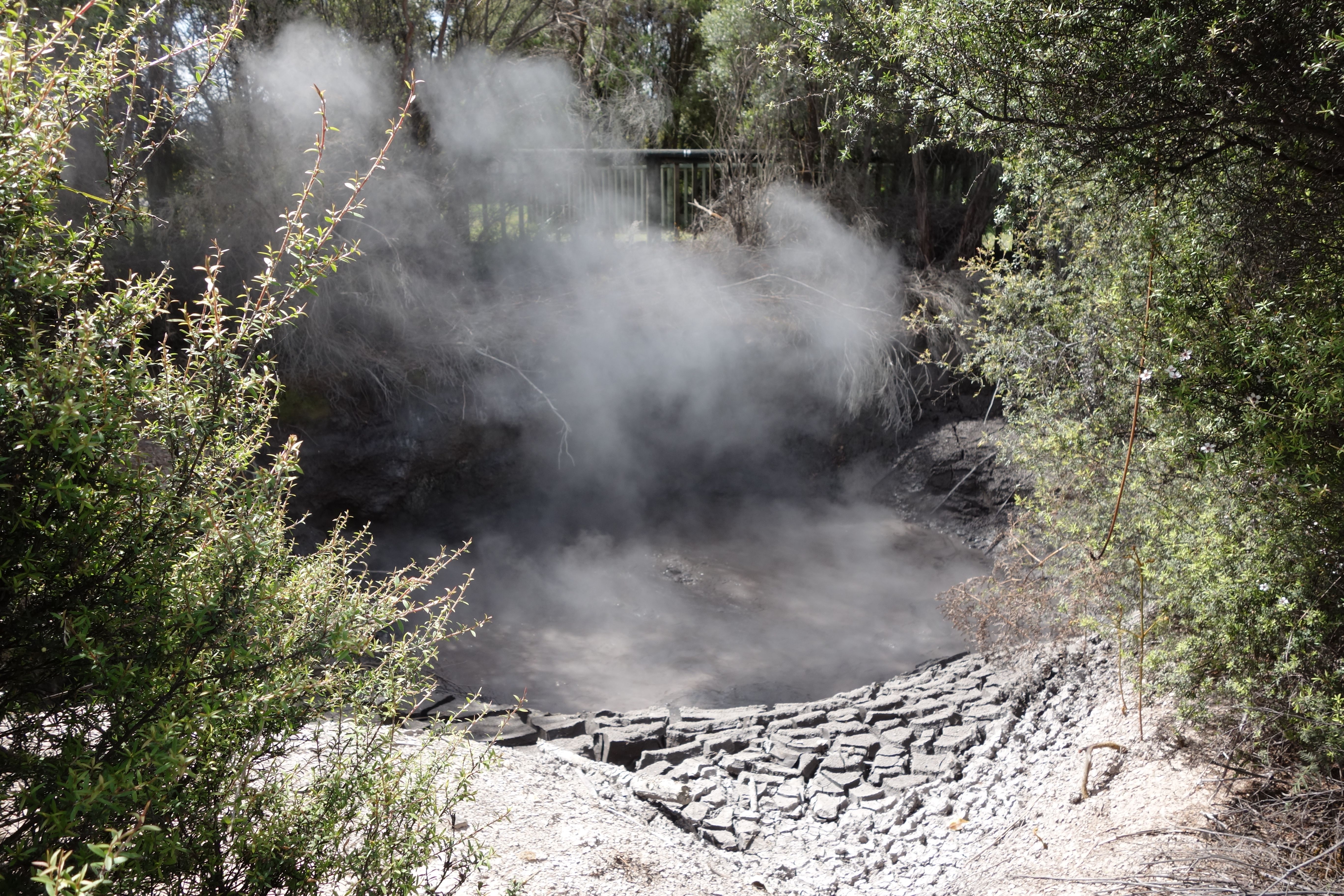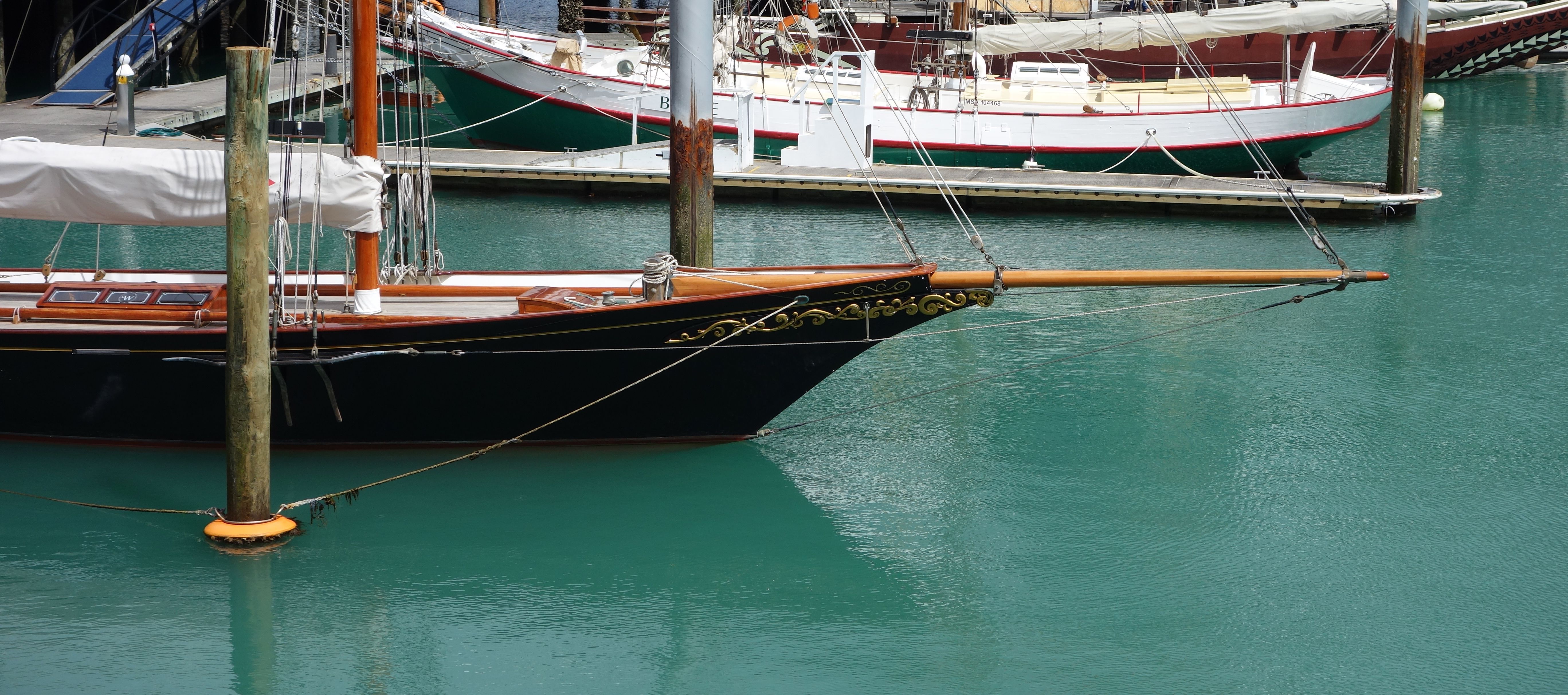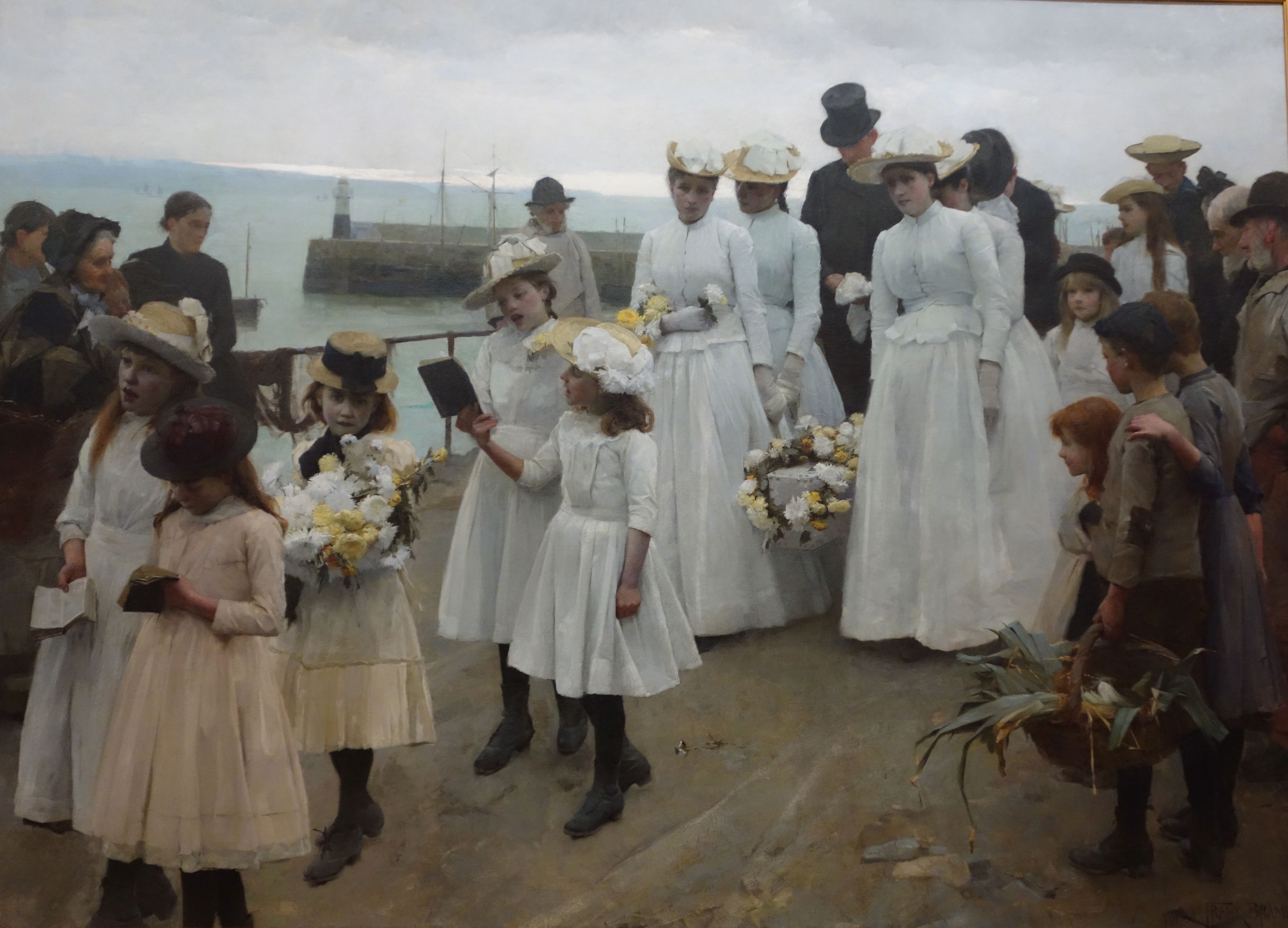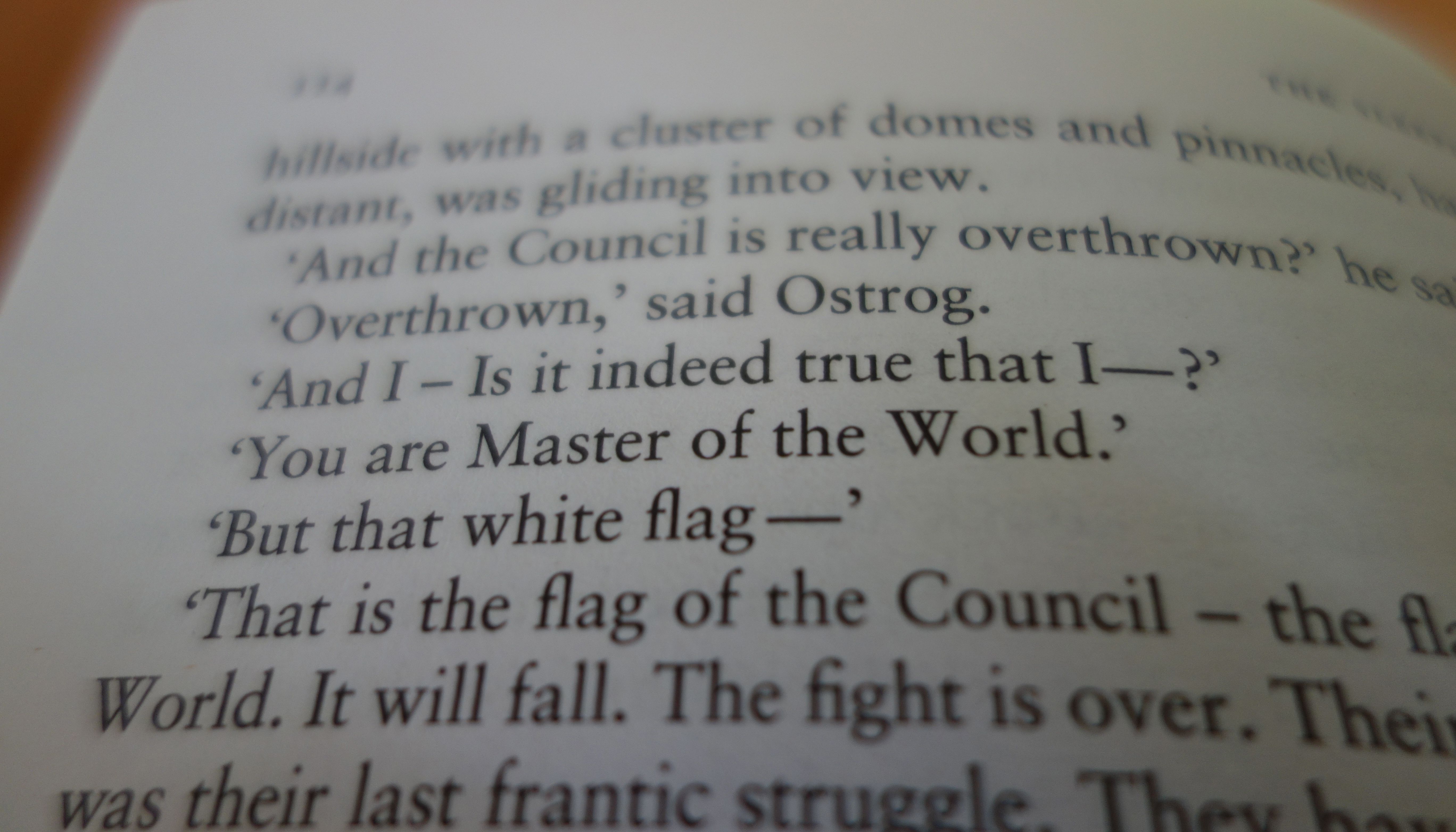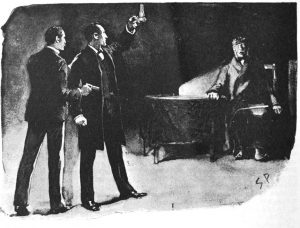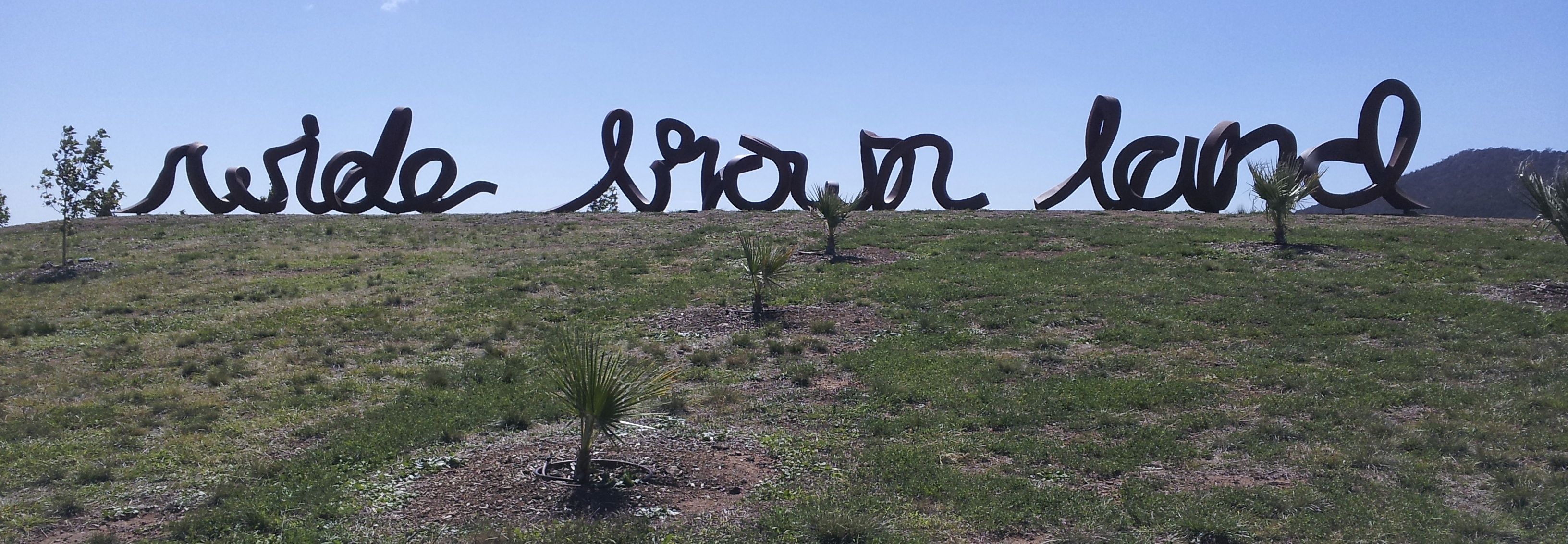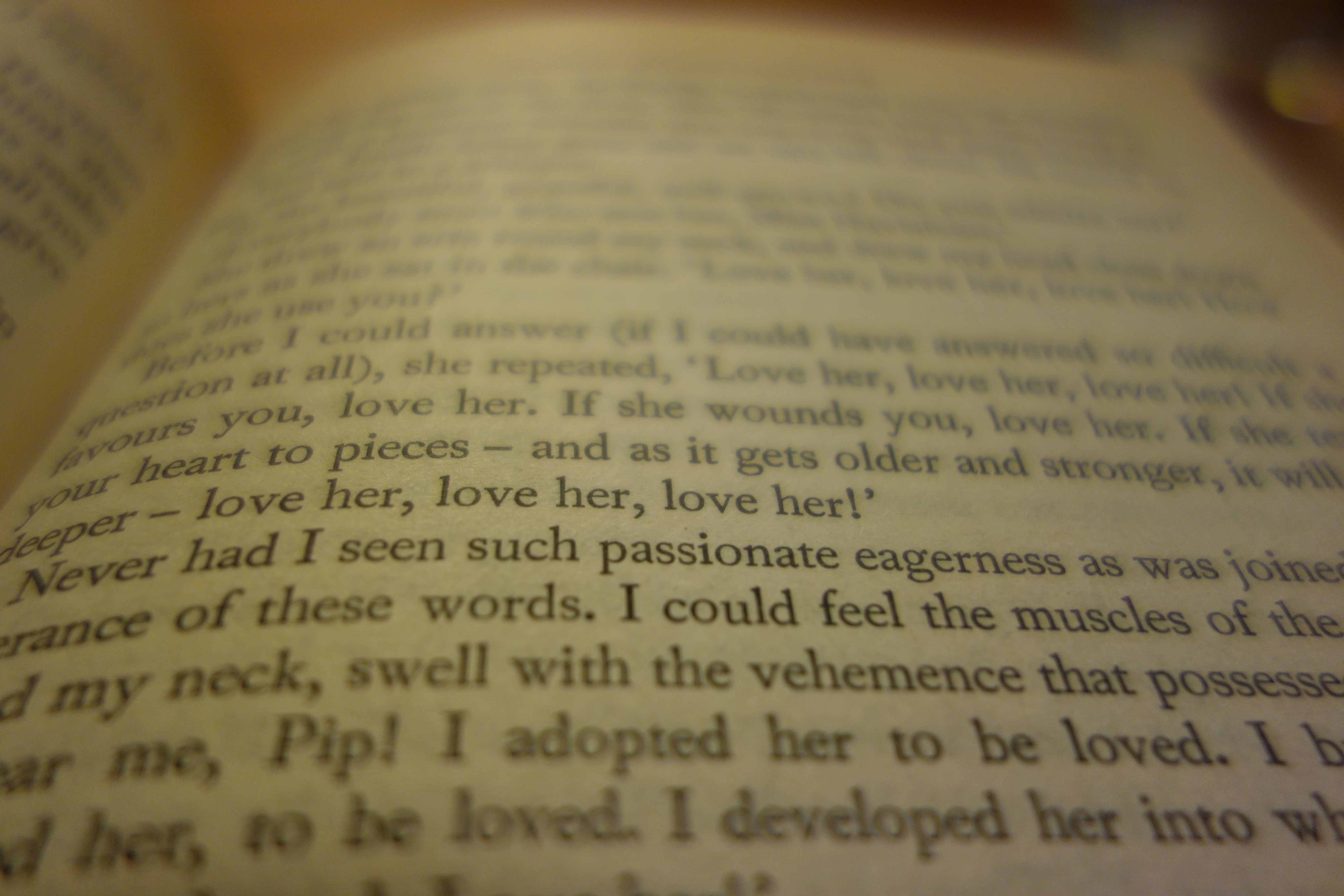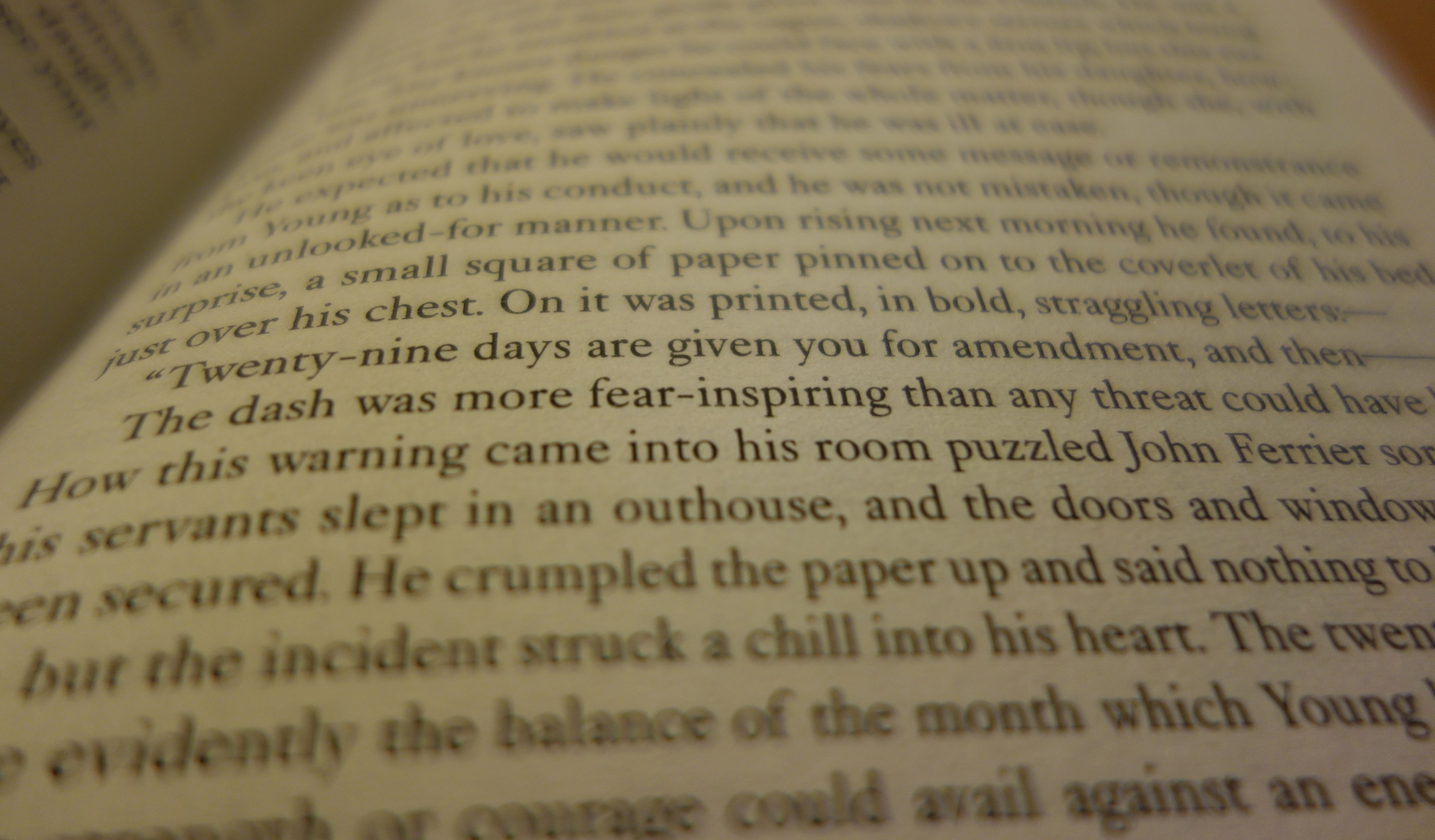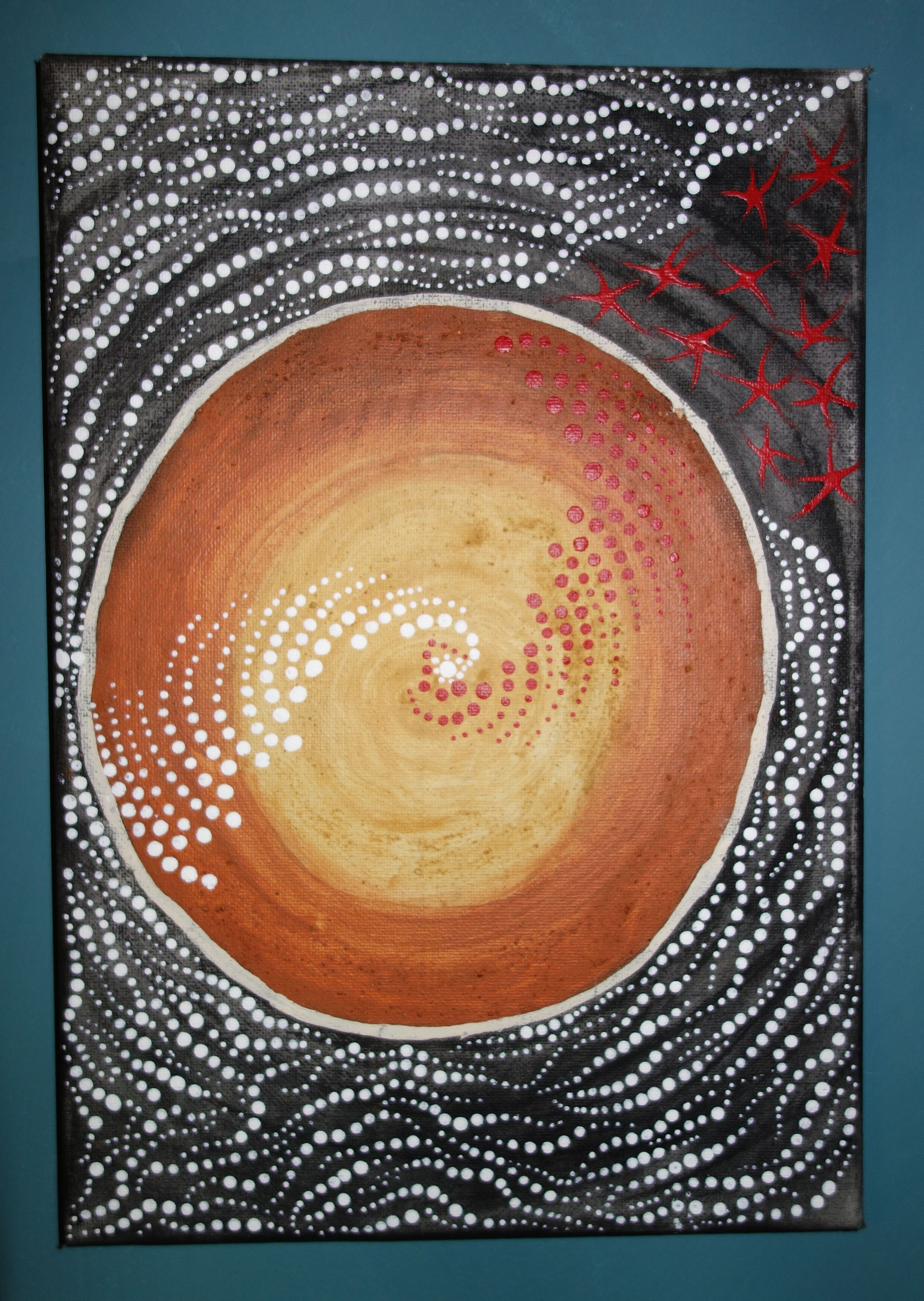A couple of days ago I posted about single colours I came across in Auckland, New Zealand, on this, my first trip there. After leaving Auckland, my husband and I made our way down through the middle of the North Island, stopping for morning tea where the roses on tables were twice the size of those in my Australian garden. The land on either side of the road was green green green. And bumpy: the hills rising from the surface are steep and lush and crowded together.
GREEN

Around lunch time we stopped at Rotorua for a few hours, known by some as Sulphur City. That was a different experience. The pools we saw were in a large park where each one was fenced off. A few odd small eruptions had appeared and were not yet fenced, so we could reach down and feel the water. It was HOT.
BROWN

GREY


